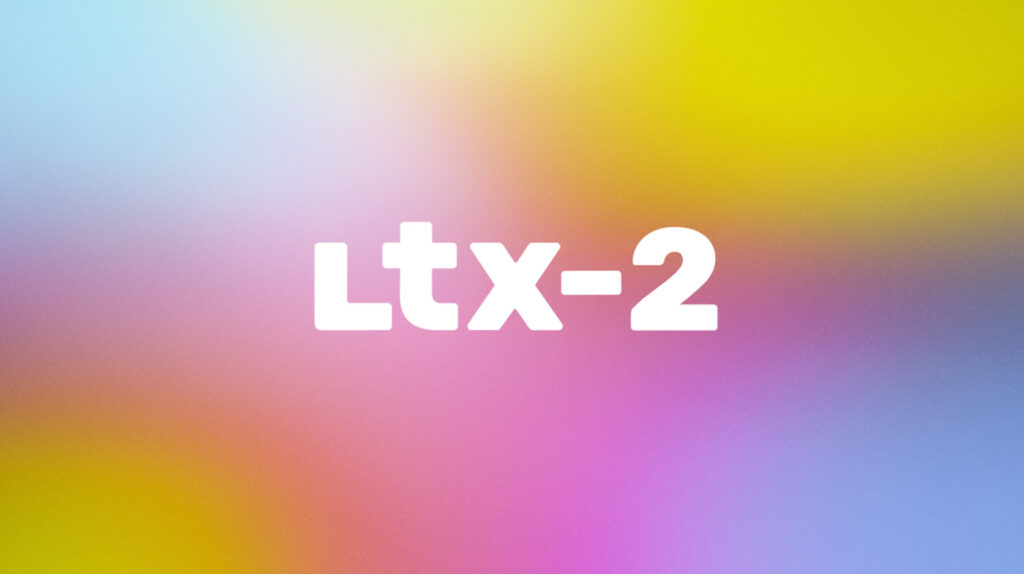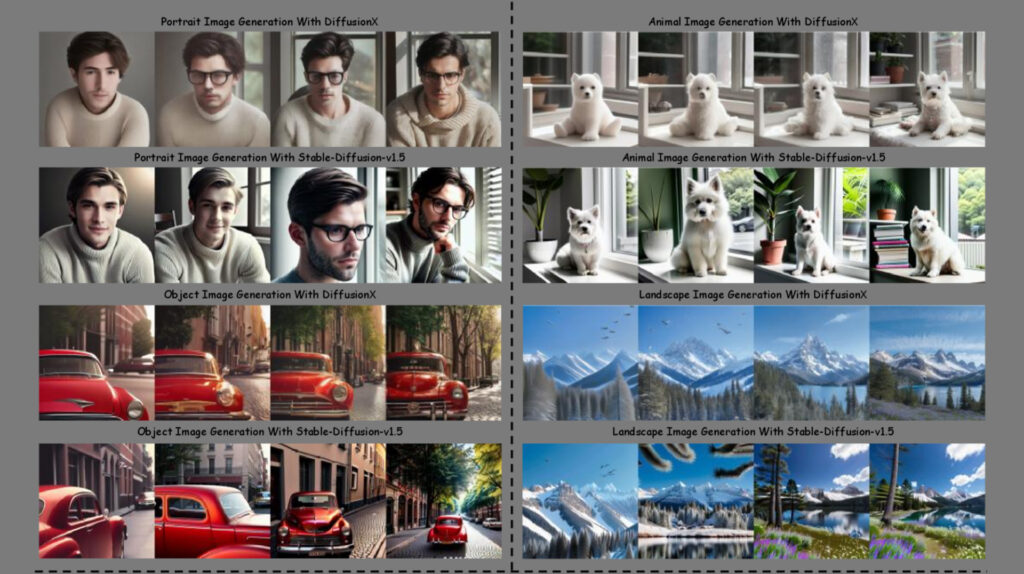Your cart is currently empty!
The Latest in Generative AI: ComfyUI Cloud, LTX-2 Video Model, DiffusionX & VIST3A

A New Wave in Generative AI Creation
The past few weeks have been packed with innovation across the generative AI landscape.
From runtime improvements that make creative workflows faster and lighter to hybrid architectures pushing 4K video and text-to-3D modeling, developers are building serious momentum.
Let’s look at four key releases reshaping how creators and engineers generate visuals, videos, and 3D assets.

ComfyUI Cloud Public Beta and Major Performance Upgrade
ComfyUI’s November 5 update launched its Cloud public beta, introducing a smarter execution engine for large-scale generative pipelines.
- Mixed-precision quantization for faster model loading
- RAM-pressure cache mode for smarter memory offloading
- Improved FP8 operations and async offload stability
In short, ComfyUI can now run complex multi-node image, video, or 3D workflows with greater reliability and efficiency. For creators handling massive graphs or limited GPUs, this marks a significant leap in stability and speed.
Released: November 5, 2025
Source: ComfyUI official changelog

LTX-2: Lightricks’ Open Video Model Integrated into ComfyUI
Lightricks introduced LTX-2, an open-source, high-fidelity video foundation model that synchronizes audio and video at native 4K resolution. This next-gen model uses a hybrid diffusion–transformer architecture and multi-GPU inference to support longer clips and production-grade rendering.
Even better — ComfyUI now offers LTX-2 API nodes, allowing seamless integration into existing node graphs. Creators can generate motion, sound, and camera-controlled sequences all within one visual interface.
Announced: October 23, 2025
Source: Lightricks

DiffusionX: Edge–Cloud Collaboration for Faster Image Generation
Researchers behind DiffusionX (arXiv:2510.16326) proposed a hybrid edge–cloud diffusion pipeline that accelerates interactive image generation. The system runs a lightweight preview model on the edge device, while a full cloud model performs refinement steps.
A noise-level predictor and skip-step denoising reduce redundant computation, achieving up to 23% lower latency compared to cloud-only methods — with virtually no quality loss.
This architecture could soon power mobile or browser-based diffusion UIs with near-instant feedback.
Published: October 18, 2025
Source: arXiv

VIST3A: Stitching Text-to-Video with 3D Reconstruction
The VIST3A framework (arXiv:2510.13454) introduces a new way to generate 3D assets directly from text. Instead of training from scratch, researchers “stitch” a pretrained text-to-video generator to a multi-view 3D decoder.
By fine-tuning only the connection layer (the “stitch point”) with a small reward-based objective, the system produces high-fidelity pointmaps and geometry from minimal data. This model-stitching technique could make text-to-3D pipelines far more efficient and consistent than traditional Gaussian-splatting approaches.
Published: October 15, 2025
Source: arXiv
Conclusion: Faster, Smarter, More Integrated AI Creation
Between ComfyUI’s runtime boost, LTX-2’s video innovation, DiffusionX’s speed optimization, and VIST3A’s model-stitching approach, one thing is clear: Generative AI is rapidly moving from isolated experiments to interconnected production ecosystems.
Each of these developments strengthens the creative workflow — making it faster, smarter, and more scalable. Stay tuned: the next wave of updates might redefine what “real-time creation” truly means.

